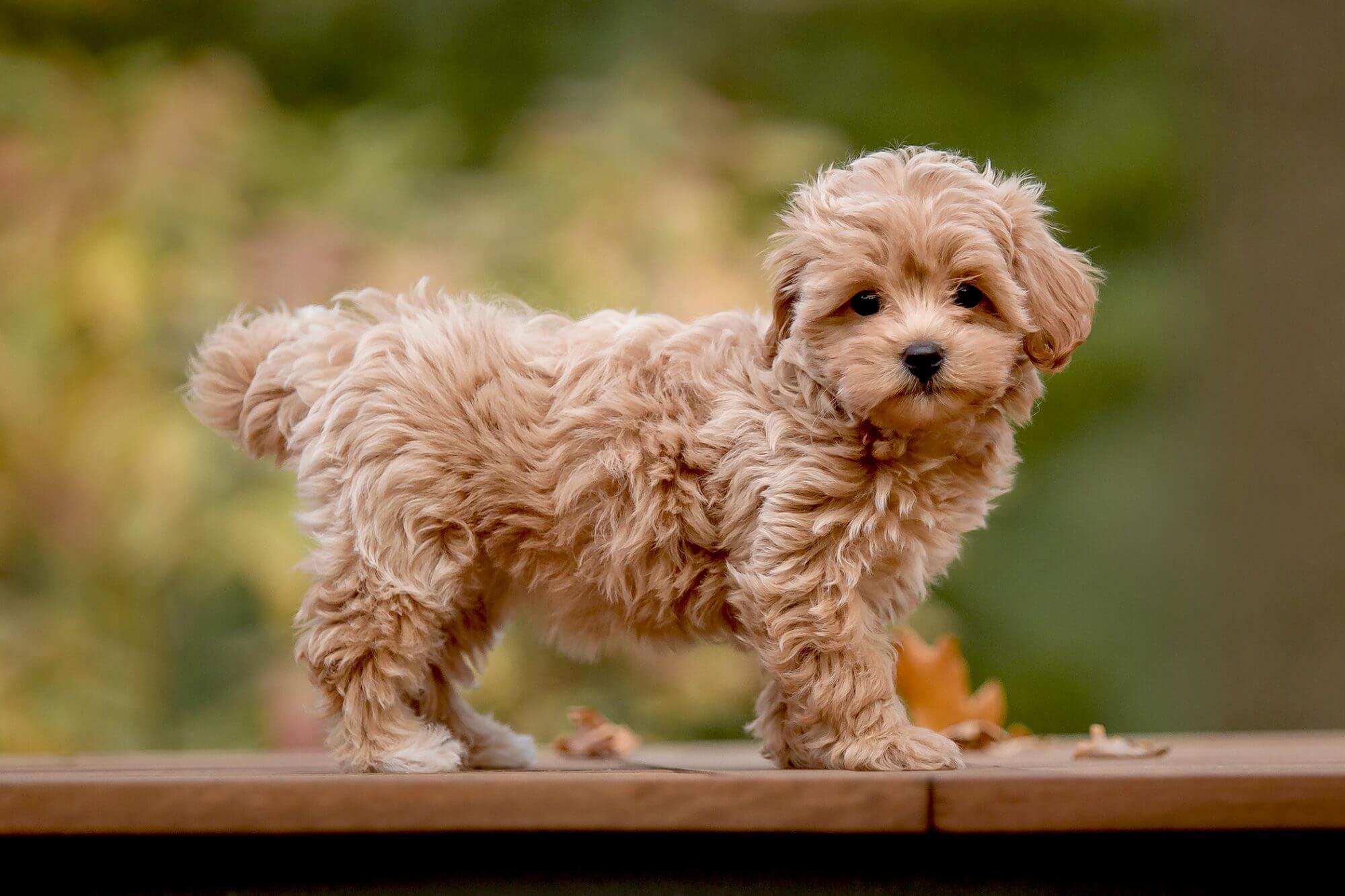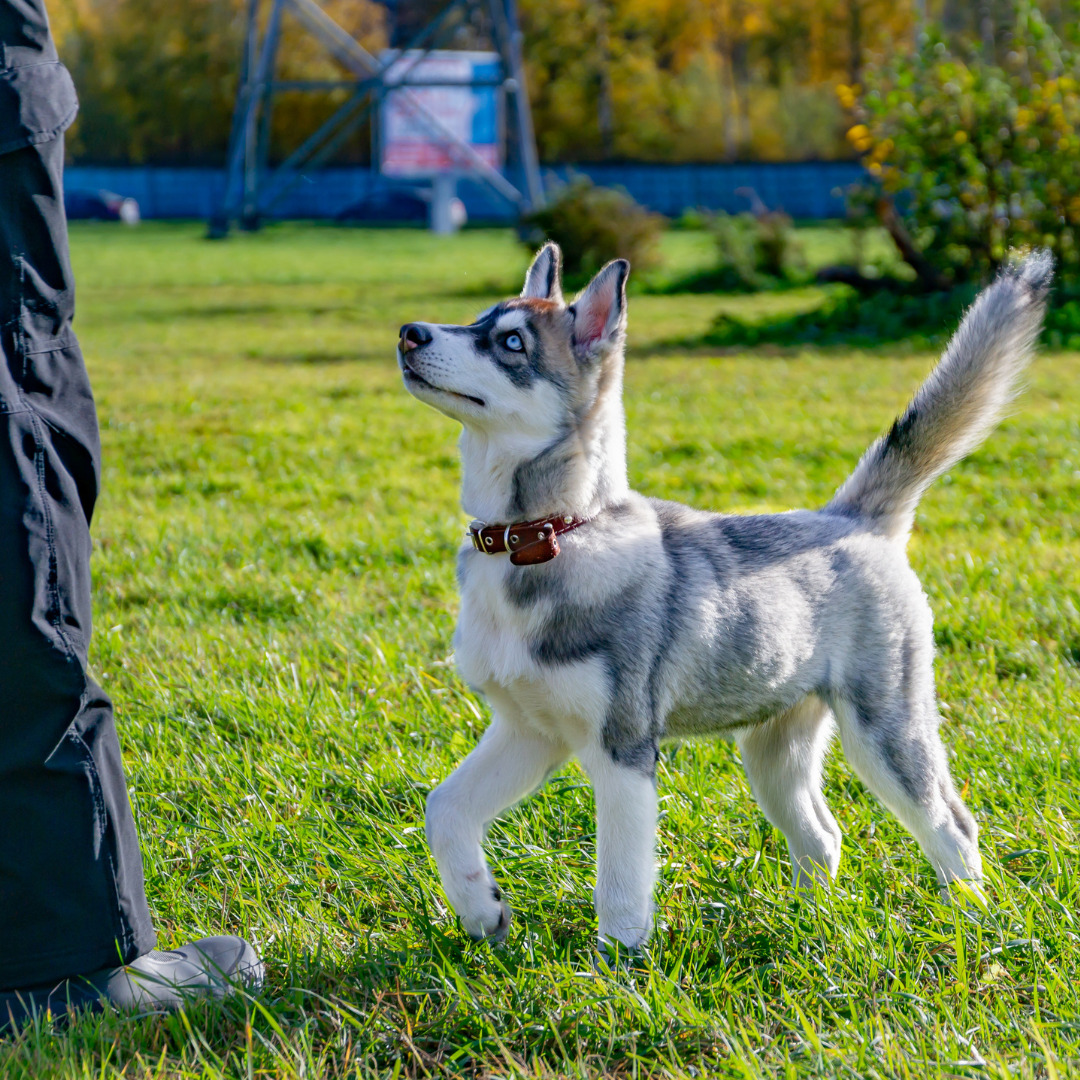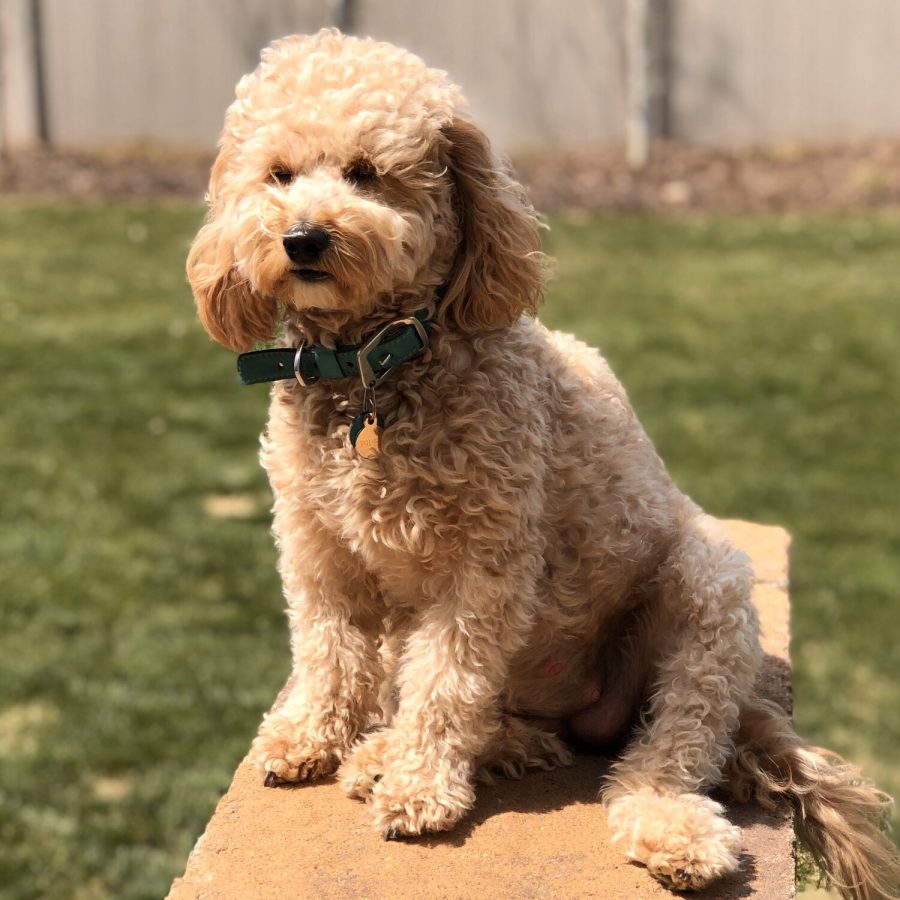The Maltipoo, a mix of Maltese and Poodle breeds, offers a blend of charm and intelligence. Known for their loving nature, they thrive on interactive play. With a small size and fluffy coat, they come in various colors. Originating in the United States, they embody hypoallergenic and family-friendly qualities. Maltipoos typically live 10-15 years with proper care. Hypoallergenic due to low shedding, they need regular grooming. Family-friendly and easy to train, they make great companions. Ensuring proper nutrition and weight management supports their overall health and longevity. Learn more about this delightful breed’s traits and care to provide a fulfilling life for your Maltipoo.
What Is a Maltipoo?
A Maltipoo is a charming and popular hybrid dog breed resulting from the crossbreeding of a Maltese and a Toy Poodle. These adorable dogs are not recognized as a breed by the American Kennel Club but have gained significant popularity for their intelligence, affectionate nature, and playful demeanor.
Maltipoos are typically small-sized with a fluffy, wool-like coat that varies in texture from curly to scruffy and comes in colors such as grey, white, and cream. Their height ranges from 10 to 12 inches, and they weigh between 10 to 20 pounds, with their appearance being a mix of characteristics inherited from their Maltese and Toy Poodle parents.
Due to their hypoallergenic coat, Maltipoos are considered a great option for individuals with allergies. Regular grooming is essential to maintain the health and appearance of their coat, making them a delightful choice for families looking for a loving and low-shedding companion.
History of the Maltipoo
The historical background of the Maltipoo breed sheds light on the intriguing lineage and development of this beloved hybrid dog. The Maltipoo, a cross between a Maltese and a Toy Poodle, is a relatively recent designer breed that gained popularity in the United States. While the exact origin of the Maltipoo is not well-documented, it is believed to have emerged in the past two decades as part of the trend towards creating hypoallergenic and family-friendly companion dogs.
The purpose of breeding a Maltese with a Poodle was to combine the desirable traits of both parent breeds. The Maltese contributes its charm, small size, and affectionate nature, while the Poodle brings intelligence, a hypoallergenic coat, and various coat colors. This intentional crossbreeding aimed to produce a dog that is not only adorable but also suitable for individuals or families with allergies.
As a hybrid breed, the Maltipoo does not have a long ancestral history like purebred dogs, but its rise in popularity reflects the demand for companion animals that are both cute and low-shedding.
All About the Maltipoo
With a rising presence in the realm of designer dog breeds, the Maltipoo offers a delightful blend of charm and intelligence. This crossbreed, a mix of Maltese and Toy Poodle, is known for its affectionate nature, intelligence, and playful demeanor. Maltipoos typically have a small size, ranging from 10 to 12 inches in height and 10 to 20 pounds in weight. Their coat, which can vary from curly to scruffy, comes in colors such as grey, white, and cream. Regular grooming is essential to maintain their coat health, given its hypoallergenic and low-shedding characteristics.
| Trait | Description | Appearance |
|---|---|---|
| Affectionate | Known for their loving nature towards owners | Small-sized with fluffy coat |
| Intelligent | Display high levels of intelligence | Varies in color and coat type |
| Playful | Enjoy interactive playtime and activities | Adorable and charming look |
How Long Do Maltipoos Live?
After exploring the appealing traits and characteristics of the Maltipoo breed, it is pertinent to examine the average lifespan of these endearing canine companions. Maltipoos typically live between 10 to 15 years, with proper care and a healthy lifestyle contributing to a longer lifespan. Factors such as genetics, diet, exercise, and overall well-being play crucial roles in determining a Maltipoo’s longevity.
- Maltipoos are known to live up to 15 years when provided with adequate care and attention.
- Regular veterinary check-ups and a balanced diet can contribute to a Maltipoo’s extended lifespan.
- Proper exercise and mental stimulation help maintain the overall health and vitality of Maltipoos.
- Love, companionship, and a nurturing environment are essential for ensuring a fulfilling and lengthy life for these beloved pets.
Are Maltipoos Hypoallergenic?
Inquiring about the hypoallergenic nature of Maltipoos is a common concern for prospective dog owners with allergies. Maltipoos are often considered hypoallergenic due to their low-shedding coat inherited from their Poodle parent. While no dog is completely hypoallergenic, Maltipoos produce less dander compared to other breeds, making them a suitable option for individuals with allergies.
Their coat, which comes in various colors and textures, requires regular grooming to prevent matting and tangles, contributing to a cleaner environment for allergy sufferers. Additionally, routine bathing and grooming can help reduce allergens present on the dog’s fur.
It’s essential to spend time with a Maltipoo before committing to ensure compatibility with any allergies. Consulting with breeders or rescue organizations can provide insights into individual dog allergen levels, aiding in making an informed decision for a harmonious pet-owner relationship.
Do Maltipoos Shed?
The shedding tendency of Maltipoos is a common inquiry among prospective dog owners seeking a hypoallergenic breed. Maltipoos are known for their low shedding coat, making them a popular choice for individuals with allergies or those who prefer a cleaner living environment. Here are some key points to consider regarding Maltipoos and shedding:
- Maltipoos typically have a hypoallergenic coat that sheds minimally, if at all.
- Their curly or scruffy coat requires regular grooming to prevent matting and maintain its health and appearance.
- Regular brushing is essential to remove loose hair and prevent tangles.
- Professional grooming every 4-6 weeks can help keep their coat in top condition, ensuring they remain both stylish and comfortable.
Are Maltipoos Family-Friendly?
Considered as an ideal companion for families, Maltipoos exhibit friendly and sociable traits that make them well-suited for households with children. Their affectionate nature and playful demeanor contribute to creating strong bonds with family members, including children. Maltipoos are known for being gentle and patient, making them great companions for kids of all ages.
Their small size and sturdy build also make them suitable for living in homes with limited space, such as apartments or condos. Additionally, Maltipoos are intelligent and easy to train, which can be beneficial when teaching children how to interact responsibly with pets. Due to their hypoallergenic coat and low shedding tendencies, Maltipoos are a practical choice for families with allergy concerns.
Grooming Your Maltipoo
For proper maintenance of your Maltipoo’s coat and overall health, regular grooming is essential. Here are some key grooming tips to keep your Maltipoo looking and feeling their best:
- Brushing: Regular brushing is necessary to prevent matting and tangles in your Maltipoo’s coat. Aim for brushing at least a few times a week to keep the coat healthy.
- Professional Grooming: Schedule professional grooming sessions every 4-6 weeks to maintain the coat’s health and appearance. Professional groomers can also trim your Maltipoo’s fur to keep it at an appropriate length.
- Bathing: Bathing your Maltipoo as needed, using a gentle dog shampoo, helps keep their coat clean and free of dirt and odor.
- Ear Cleaning and Nail Trimming: Regularly check and clean your Maltipoo’s ears to prevent infections. Trim their nails as needed to ensure comfort and prevent overgrowth.
Taking Care of Your Maltipoo
When caring for your Maltipoo, prioritize establishing a consistent routine that includes regular exercise and grooming practices. Maltipoos require moderate exercise, such as daily walks and playtime, to maintain their overall health and well-being. Interactive toys and activities like fetch can help meet their exercise needs and prevent obesity-related issues.
Additionally, regular grooming is essential to prevent matting and tangles in their low-shedding coat. Brushing their coat regularly and scheduling professional grooming every 4-6 weeks will help maintain their coat health. Alongside grooming, dental care, ear cleaning, and nail trimming are crucial aspects of their maintenance routine.
Monitoring their weight and ensuring they receive proper nutrition are also vital in keeping your Maltipoo healthy. By incorporating these care practices into your routine, you can ensure that your Maltipoo stays happy, healthy, and well-groomed.
Training Your Maltipoo
To ensure the well-rounded development and behavior of your Maltipoo, consistent and positive training methods are essential. Training your Maltipoo can be a rewarding experience for both you and your furry companion. Here are some key tips to help you effectively train your Maltipoo:
- Use Positive Reinforcement: Reward good behavior with treats, praise, or playtime to reinforce positive actions.
- Be Consistent: Establish clear rules and routines to help your Maltipoo understand expectations.
- Socialize Early: Introduce your Maltipoo to various people, animals, and environments from a young age to promote good behavior and prevent fear or aggression.
- Patience is Key: Training takes time and consistency, so be patient and understanding with your Maltipoo throughout the process.
Common Maltipoo Health Issues
Common health issues may affect Maltipoos, requiring careful attention and proactive care. Dental problems are a common concern for this breed, often leading to issues like tooth decay and gum disease. Regular dental care, including brushing their teeth and providing dental chews, can help prevent such issues.
Additionally, Maltipoos may be prone to patellar luxation, a condition where the kneecap dislocates from its normal position. This can cause discomfort and lameness in affected dogs. Monitoring their weight and providing regular exercise to keep their muscles strong can help prevent this condition.
Regular vet check-ups are essential for early detection and management of any health issues that may arise. Proper nutrition tailored to their specific needs and a healthy lifestyle can contribute to the overall well-being and longevity of Maltipoos.
Conclusion
In conclusion, the Maltipoo breed combines the best qualities of the Maltese and Toy Poodle, making them affectionate, playful, and intelligent companions.
With their hypoallergenic coat and compact size, Maltipoos are a popular choice for many pet owners.
Understanding their care needs, training requirements, and potential health issues is essential for nurturing a harmonious relationship with these lovable dogs.




